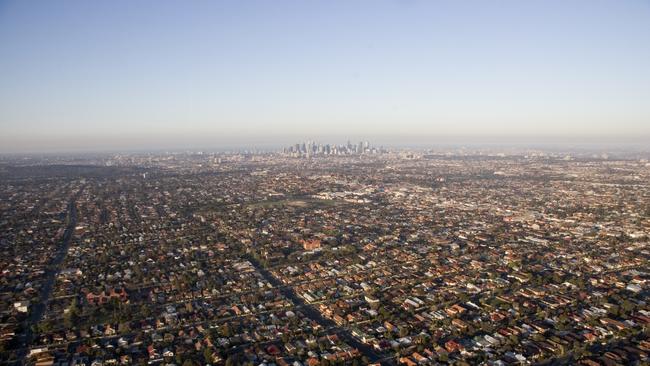
Raised as something of a thought bubble by then opposition leader Anthony Albanese in his 2021 budget-in-reply speech, it has now found its way into a concrete proposal that is being debated by the Senate.
Given pressures in the rental housing market and the long waiting times for residents to secure a place in social housing, it’s not unexpected that the federal government is seeking to take action to alleviate some of these problems.
The most direct ways would be simply to lift government spending on social housing via the states and territories; to raise the rate of government rental assistance; and to facilitate greater housing supply in general.
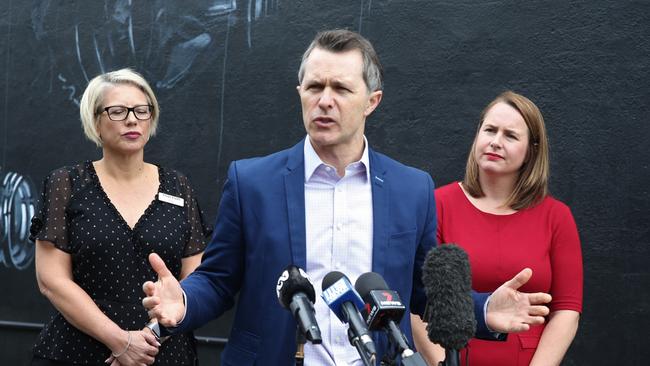
But for reasons that are not completely obvious, apart from staying true to Labor’s pre-election announcement, the government has decided to press ahead with HAFF notwithstanding its glaring deficiencies.
The plan is for the government to raise $10bn in debt – which is currently not cheap, by the way – and to get the Future Fund to invest the funds. The net returns will then be invested in social and affordable housing each year.
From the expected average annual return of $500m, the plan is to invest in a total of 6000 social and affordable dwellings each year.
Affordable dwellings are deemed to be for essential workers such as nurses and teachers who otherwise struggle to find accommodation within acceptable distances from their places of work.
Let’s be clear here: these numbers are extremely modest.
At the current rate of population growth, we need at least around a quarter of a million new homes just to accommodate the extra people. It is also estimated that there are at least a half-million people on the current waiting lists for social housing.
It’s also worth doing the maths: at $500m each year – it’s unclear what happens if the returns are negative – it works out as just more than $83,000 a dwelling funded by HAFF each year. Everyone knows you can’t get anything for that sum of money even if you exclude stand-alone houses.
What is not clear is what the government thinks it can achieve by allocating just more than $83,000 a dwelling – it most certainly won’t be the full costs of construction and land. Will this sum be used to subsidise other financiers by, for example, subsidising the gap between the market and actual rents paid by low-income tenants?
What the federal government doesn’t appreciate is that it doesn’t really matter who funds the additional social and affordable housing because the cost is the cost. Any amount of financial engineering doesn’t alter this.
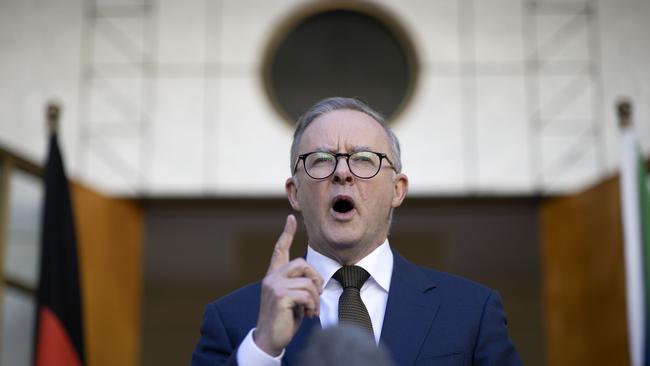
It may be the case that non-government entities are better at running and maintaining rental accommodation than government agencies, but it’s not necessary to establish a costly and convoluted investment fund such as the HAFF to achieve this.
The HAFF is essentially a bet on the equity risk premium that generates higher returns than the cost of the debt. If this were really a good idea, it should be extended to all forms of government spending which, of course, no one thinks is a good idea.
The only explanation seems to be the political value of cashing in on the Future Fund brand and having a perpetual entity.
In the meantime, the news on the rental crisis becomes grimmer as each month passes. The vacancy rates in many parts of the country are at historic lows and the annual rate of increase in rents ranges from 10 to 30 per cent. Rents are gobbling up higher proportions of tenants’ incomes, for those who can find suitable accommodation in the first place.
But here’s the real rub: just when it’s clear that the rental situation is dire and becoming worse, the federal government has facilitated a substantial surge in the number of migrants entering the country, particularly international students but other temporary entrants as well.
Talk about poor timing. Before the pandemic, the annual net overseas migration (long-term arrivals minus long-term departures) was 240,000 in 2019. On current trends, NOM will end up between 350,000 and 400,000 this calendar year. Combined with natural population growth, that’s more than the entire population of Canberra – although the migrants don’t live in Canberra but largely in Melbourne and Sydney.
The Treasurer has tried to justify this surging migration by making the point that there was a substantial hiatus during Covid and we are only making up for the “lost” arrivals.
What he fails to mention is that the pandemic was also associated with a substantial stalling in the building of new accommodation that is needed to accompany strong population growth. In other words, the last thing we should do is to try to make up for these “lost” arrivals. It’s a clear case of the government implementing inconsistent policies.
The HAFF, on the one hand, is ill-conceived and won’t do anything to alleviate the rental crisis any time soon. It’s also too small to have any real impact. On the other hand, egged on by pro-immigration Treasury officials and other vested interests, the government has decided to open the flood gates for even more migrants to come here and stay. This involves a substantial loosening of the conditions that are attached to the various visa categories.
Needless to say, these migrants need somewhere to live and this is making the battle for accommodation even fiercer, driving up rents even further. State governments toy with various perverse policy responses, such as more pro-tenant laws, outlawing rent bidding and even rent controls, which further deter investors from putting money into residential real estate
The bottom line is that the HAFF should be jettisoned before it gets off the ground and the government should go back to the drawing board to deal with the rental crisis. It also should consider means of throttling the current number of new migrants.
There is little doubt that the labour market will soften towards the end of the year; we won’t want the migrant intake to be running at its current high level at that stage.


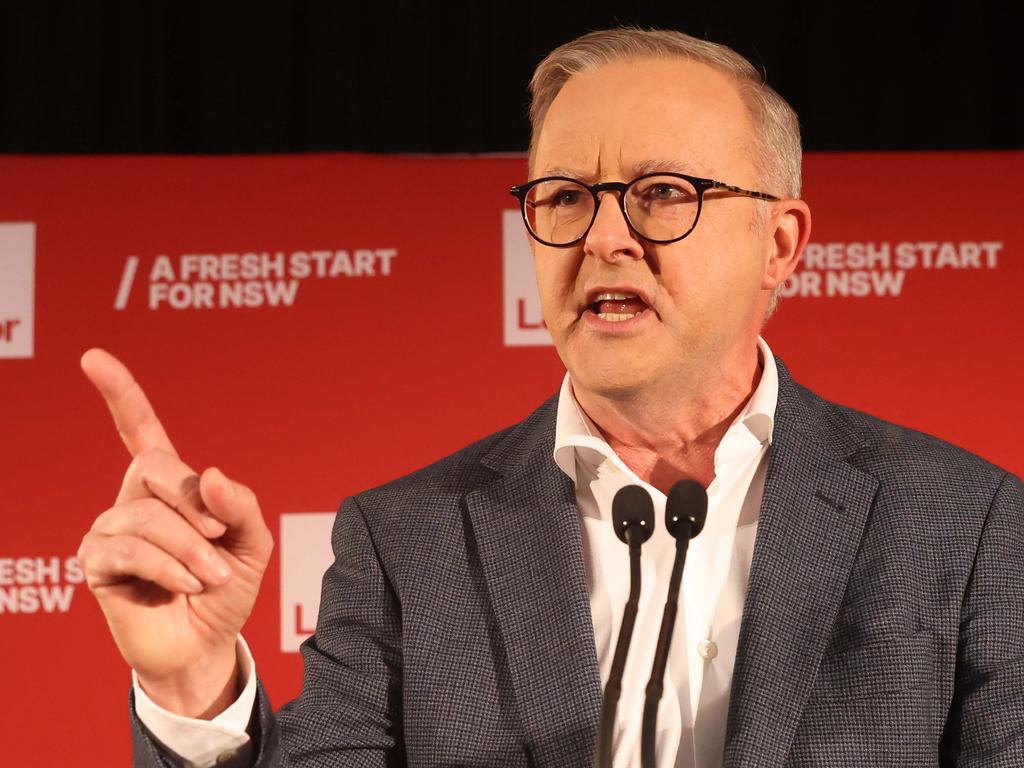
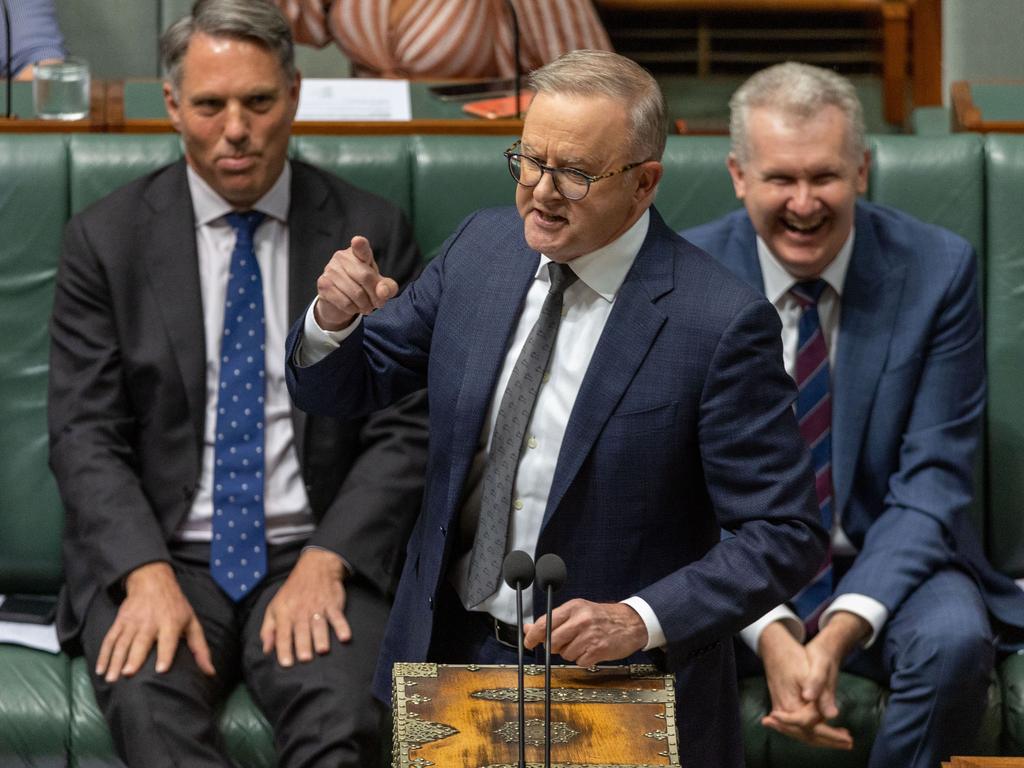



In the long list of ill-considered and foolish government policies that have been suggested or implemented through the years, there is little doubt that the Housing Australia Future Fund stands out as among the most imprudent.